Instructor & Facilitator Briefings
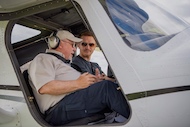
Clinic Briefing
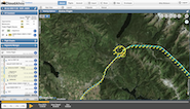
Debriefing Primer
Flight Instruction
Monday, July 25th 0800
EAA Education Center Oshkosh, WI
The CFI to CFI Clinic focuses on issues that have led to a significant number of aviation accidents, including those with CFIs onboard the aircraft. The decision whether to continue or abort a takeoff must be made during every flight, and power losses on initial climb are a distinct risk, yet in many cases these topics receive little attention during training. On the other hand, crosswind landing technique and go arounds are commonly taught, yet pilots continue to have accidents. This clinic shares instructional methods and using hands-on exercises, instills training skills that help to improve CFIs' proficiency in teaching dynamic take-off decisions, low-altitude power loss scenarios, crosswind landings, and go arounds.
Expert
Karen Kalishek
NAFI
This session focuses on selecting abort points on takeoff, as well as planning for and surviving low-altitude engine trouble. Factors such as weight, center of gravity, density altitude, power setting, leaning for best power, runway length, terrain, obstacles, field conditions, and other issues combine to make the takeoff roll and initial climb more complex than many pilots realize. Low altitude engine trouble leaves so little time to act that pilots need a specific plan in mind prior to advancing the throttle. This interactive session will cover techniques that teach pilots how to make sound go/no-go decisions on the takeoff roll and to handle initial-climb engine trouble.
Main Stage
45 mins
66 attendees
Expert
Phillip Mandel
Flight Instructor
This session focuses on selecting abort points on takeoff, as well as planning for and surviving low-altitude engine trouble. Factors such as weight, center of gravity, density altitude, power setting, leaning for best power, runway length, terrain, obstacles, field conditions, and other issues combine to make the takeoff roll and initial climb more complex than many pilots realize. Low altitude engine trouble leaves so little time to act that pilots need a specific plan in mind prior to advancing the throttle. This interactive session will cover techniques that teach pilots how to make sound go/no-go decisions on the takeoff roll and to handle initial-climb engine trouble.
Classroom A
45 mins
22 attendees
Expert
David St. George
SAFE
Landings are by nature a dynamic phase of flight. Add in a crosswind and the situation can become quite challenging for pilots, sometimes resulting in bent metal. While going around is a clear alternative to landing, it also carries risk. This interactive session will cover instructional considerations and methods to improve pilot skills in crosswind landings and avoid botched go arounds.
Classroom B
45 mins
22 attendees

Expert
PPC Flight Instructor Team
1. Ground Hog
You started your May 2nd lesson at Hartness State KVSF with yourself, your learner, full fuel, and twenty pounds of baggage. The post-solo learner flew a near-perfect takeoff, pattern, and landing at Hartness. You then headed 15 nm east to Parlin Field 2B3 for an introduction to grass runways. Your goal is to get in a couple of patterns using the turf runway 30 at Parlin before heading back to Hartness for another lesson starting in less than an hour.
2. Now What!
This exercise will consist of four takeoffs and flights in a right-hand traffic pattern for runway 20 at Tweed/New Haven airport (CT) KHVN. The instructor will fail the engine at different points in the pattern: on the downwind, abeam the touchdown point; just as the pilot turns from crosswind to downwind; anywhere on takeoff, from the start of the takeoff roll up to, or through the upwind to crosswind turn.
3. Back to Spicewood
Your post-solo learner has done well at landings thus far, but you’ve decided that it is now time to ‘up the game’ by practicing crosswind landings at a location known for its challenging conditions – Spicewood TX 88R. Runway 17/35 dimensions are 4,185 x 38 feet.
4. Tally Ho!
The early morning flight with your post-solo learner began at your home base of Eastern WV Regional/Shepherd Field (KMRB). Your planned objective was to fly to and land at Leesburg (KJYO) 26 miles to the southeast. This will be the first time that your student has flown to Leesburg. Leesburg lies under the shelf of Washington Dulles class Bravo airspace. The possibility of significant traffic overhead, the non-typical 800 AGL traffic pattern (only 300 feet below the B airspace), and non-towered communications mean that your learner will be landing at a new airport while subject to distractions.
Flight Simulation Center
45 mins
22 attendees
Supporting reference material
EAA PPC 2022 Volunteer Team

Hartzell Propeller
Program Leadership

Community Aviation
Concept & Program Development

Redbird Flight Simulations
Concept & Program Development
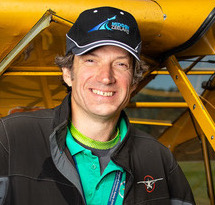
Jason Archer
Program Development & Execution

Mindstar Aviation
Simulation Software and Nav Data

SAFE
Flight Instruction

NAFI
Flight Instruction

CloudAhoy
Pilot Debriefing

Jeppesen
Navigation Data
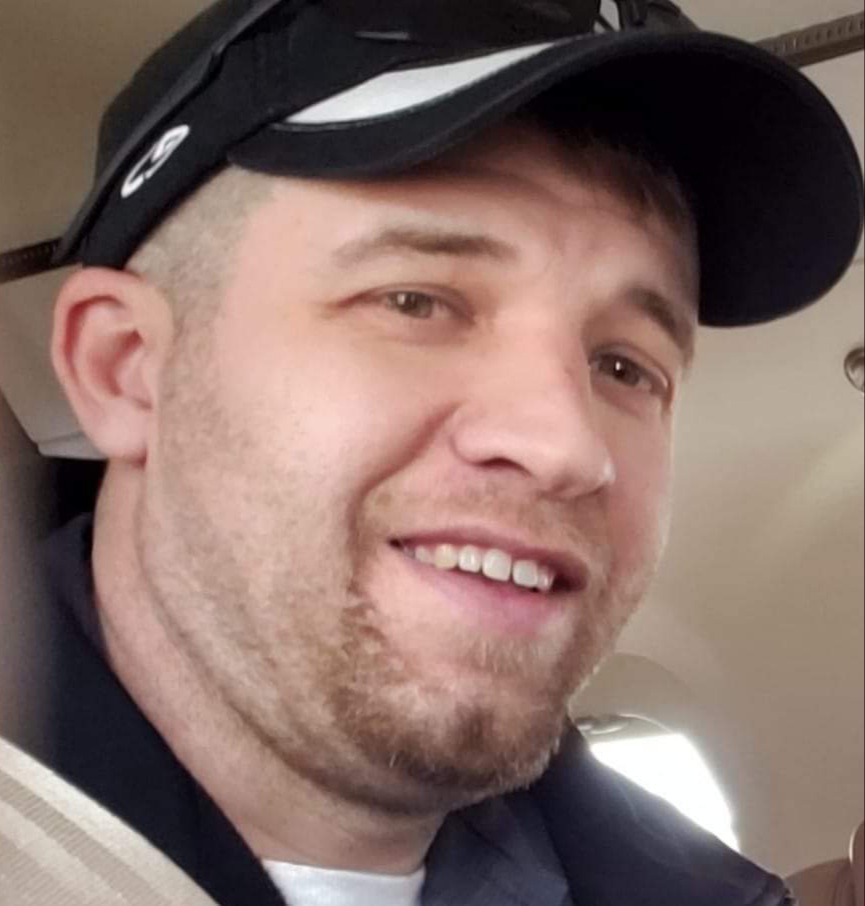
John Morgan, Jr.
Program Operations

John Gibson
Program Operations
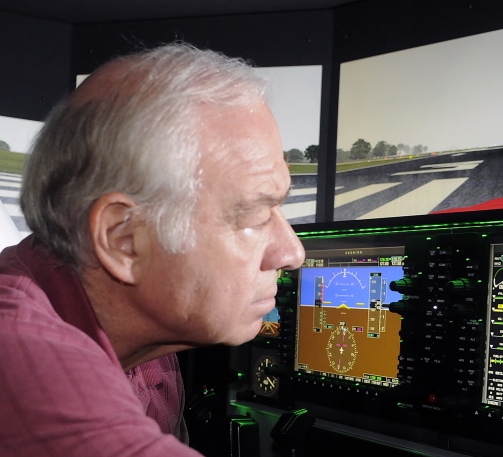
Greg Jolda
Flight Simulation Testing
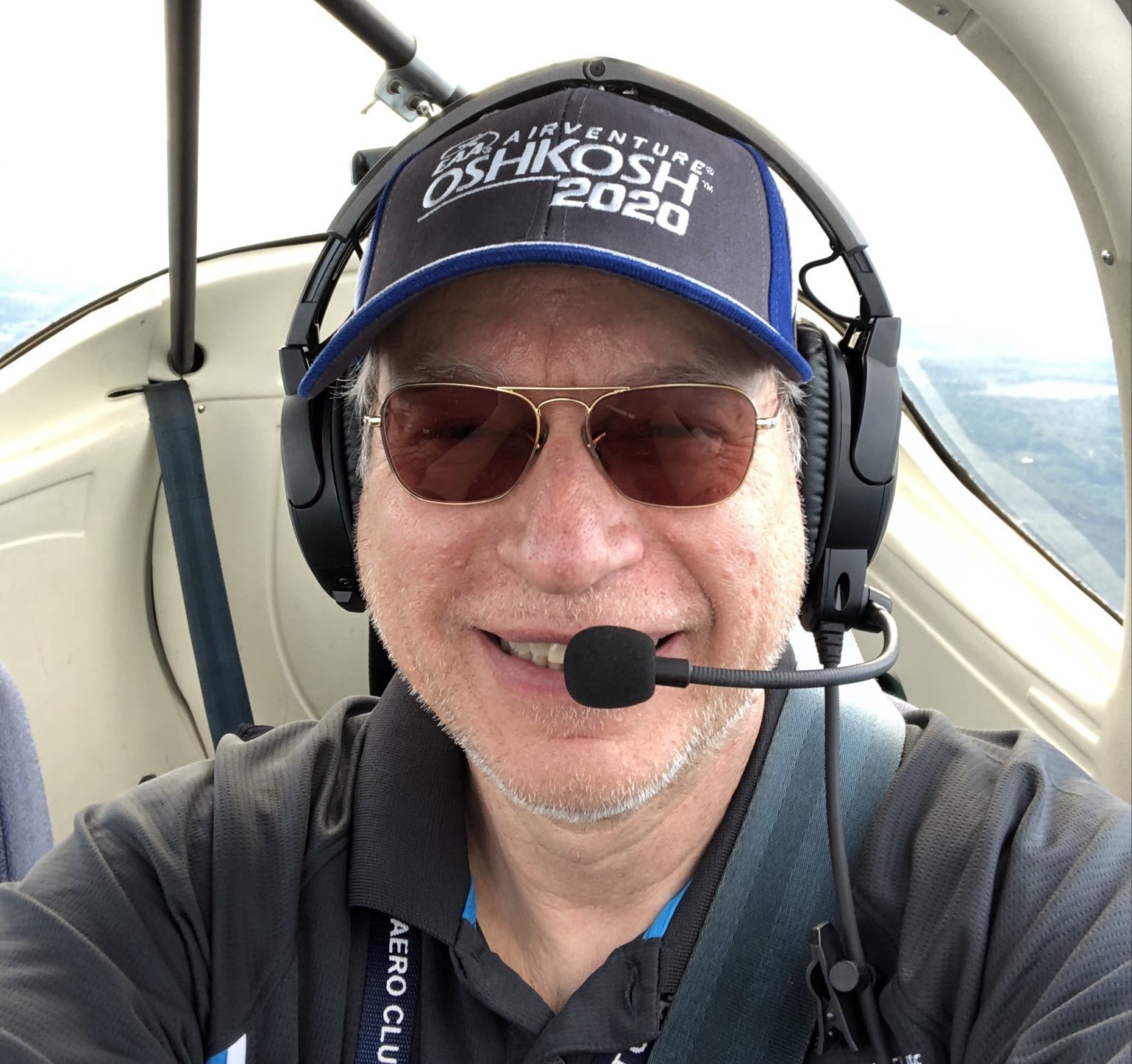
Nate Weinsaft
Flight Simulation Testing
The Art of IFR
Instrument Flight
Doug Stewart

Learn to Turn
Antidote for LOC-I
Rich Stowell
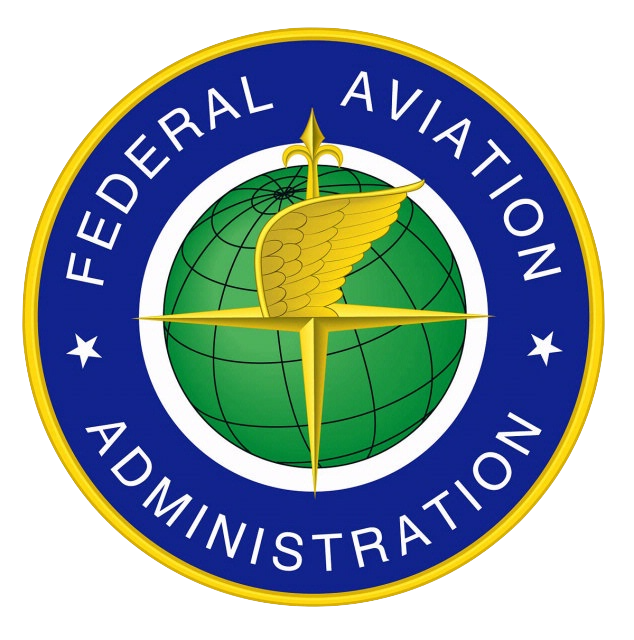
Stick & Rudder Redux
Fundamentals of Flight
Mike Goulian

CFI to CFI
Flight Instruction
Karen Kalishek

Killer Procedures
Managing Risk
Charles Precourt

EAB Test Flight Experience
Proven Test Flying Methods
Tom Charpentier

Backcountry Awareness
Noting the Differences
John McKenna
